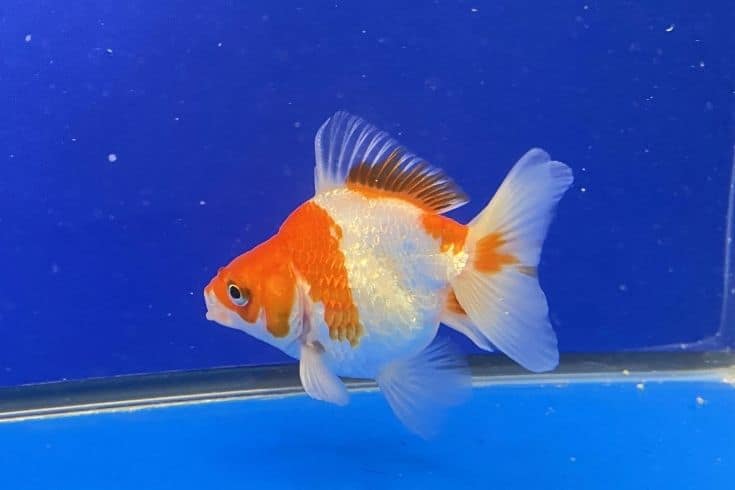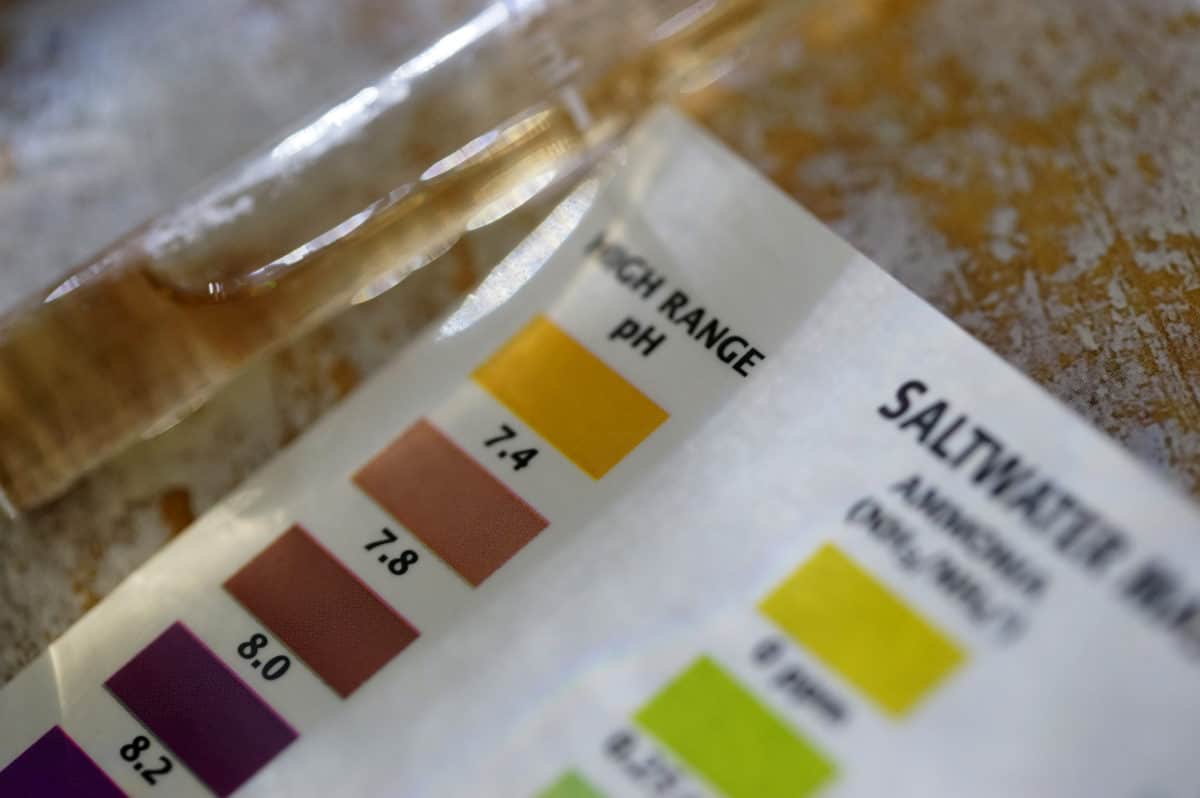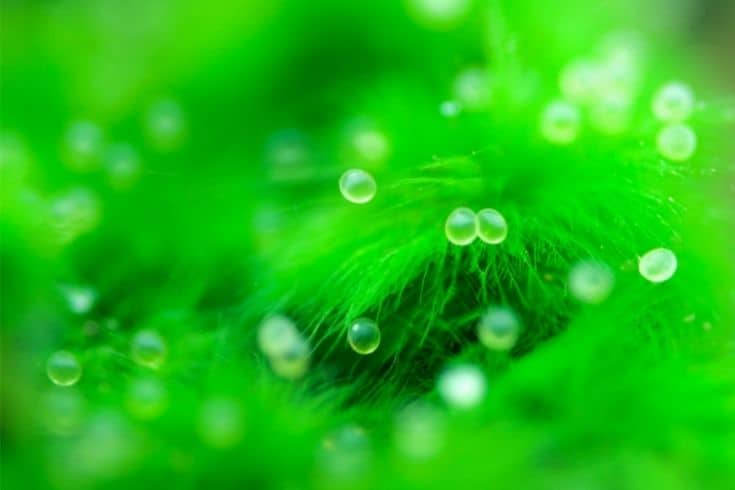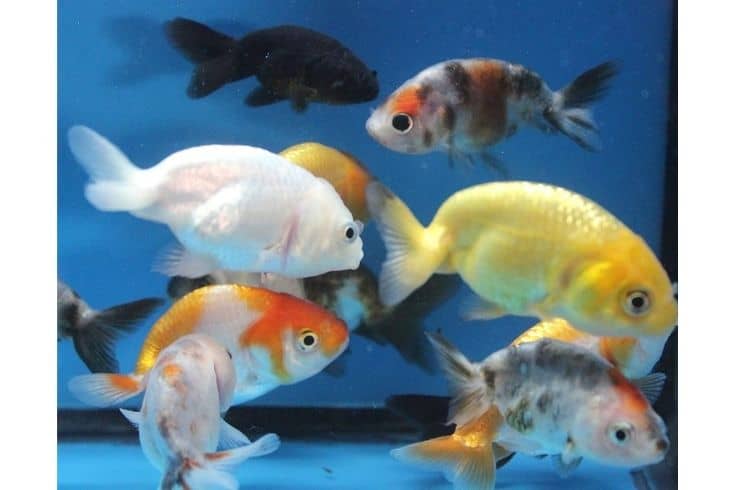Goldfish have earned a reputation for being flashy, gorgeous fish that are relatively easy to care for. However, they can also become quite prolific breeders under the right circumstances. If you’re a goldfish owner and you notice your fish starting to look a little bit different, there’s a chance that she may be pregnant.
Here’s a care guide to help you care for your pregnant goldfish and some signs to look for that may indicate pregnancy! You’ll learn everything you need to know about taking care of a pregnant goldfish and ensuring that her fry has the best odds of survival.
Defining “Pregnancy”
Unlike livebearers such as guppies and mollies, goldfish do not give birth to live young. Instead, they lay eggs that hatch a few days later into fry. For the purposes of this article, a “pregnant” goldfish is simply a female goldfish that carries eggs inside her body. These eggs will eventually be released and fertilized by a male goldfish, at which point they will hatch into fry.
In other words, a pregnant goldfish is not actually “pregnant” in the traditional sense of the word. There is no developing embryo inside her body that she will give birth to live young. However, for the sake of simplicity and because it is a more commonly used term, we will refer to a female goldfish carrying eggs as a “pregnant” one.
Signs Your Goldfish Is Pregnant
There are a few different signs that you can look for that may indicate that your goldfish is pregnant. Let’s cover a few of them below:
Her Belly Looks Swollen

The first and most obvious sign that your female fish is pregnant is that her belly will start to look swollen. The eggs cause this inside her body, and the presence of a fuller belly can make her look a lot larger than she actually is.
If you notice that your goldfish’s belly is starting to look swollen, it’s a good indicator that she may be pregnant. However, it’s important to note that not all goldfish show this symptom. Some female goldfish can carry eggs without their belly looking swollen at all.
It is important to note that other factors, such as illness and diseases, can also cause a goldfish’s belly to look swollen. She may simply be carrying some extra weight on her body! So, if you notice that your goldfish’s belly is swollen, it’s best to take her to the vet to rule out any other potential causes.
Her Fins Are Frayed
When a female goldfish is pregnant, her fins may start to look frayed or tattered. This is caused by the male goldfish chasing her around and trying to fertilize her eggs.
The constant stress and physical contact between the male and female goldfish can cause her fins to look frayed. Nipping is also a common occurrence, so this may also contribute to the fraying of her fins.
However, this is one of the less reliable signs of pregnancy, as frayed fins can also be caused by other factors such as poor water quality, physical damage from tank décor, and aggression from other fish.
No matter the cause, though, frayed fins are a sign that something is wrong and you should take your goldfish to the vet to get checked out. If her fins are indeed frayed from being chased by males, you might want to consider placing her in a separate tank to reduce her stress.
Eggs Fall Out Of Her!
Surprising as it may seem, one of the most crucial signs that your female fish is pregnant is if you see eggs falling out of her. This may happen when you touch her, or when she bumps into something in the tank.
When this happens, it’s an indication that she is ready to lay her eggs and do so very soon. If you see eggs falling out of your goldfish, it’s best to remove her from the main tank and put her in a separate breeding tank. This will give her a place to lay her eggs without them being eaten by other fish.
Not all female goldfish will drop their eggs when they are ready to lay them. Some will hold onto them until a male fertilizes them. However, if you see eggs falling out of your goldfish, it’s a good indicator that she is pregnant and getting ready to lay her eggs.
Caring For A Pregnant Goldfish
Once you have determined that your goldfish is pregnant, there are a few things you need to do in order to ensure that she and her fry survive. Let’s go over a few of the most important things below:
Maintain Ideal Water Parameters
It is crucial that you maintain ideal water parameters during pregnancy and fry-rearing. This means keeping the ammonia, nitrite, and nitrate levels in your tank at 0ppm. Investing in a sponge filter or another type of filter that will not suck up the fry is good. You’ll also want to do regular water changes (at least 50% per week) and vacuum the gravel to remove any uneaten food or waste.

In addition to keeping environmental conditions ideal, you’ll also want to ensure that the water temperature is between 74-78 degrees Fahrenheit. Although goldfish can tolerate cold waters, the optimal tank temperature for spawning tends to be warmer. Cold temperatures may cause the eggs to hatch prematurely or die altogether.
Yet another crucial aspect of optimal goldfish conditions is providing them with plenty of hiding places. Whether you use live plants, aquarium decorations, or both, make sure that there are plenty of places for the fry to hide once they are born. This will protect them from getting eaten by their parents or other fish in the tank.
Provide A High-Protein Diet
A pregnant goldfish needs a high-protein diet in order to develop healthy fry. With hundreds of eggs inside her belly, she uses up a lot of energy and nutrients to develop them. A high-protein diet will help ensure that she has all the energy and nutrients she needs to produce healthy fry.
Some good sources of protein for a pregnant goldfish include live foods such as brine shrimp, daphnia, and bloodworms. Most healthy goldfish also do well on goldfish food that has been specifically formulated for pregnant fish. Typically, these foods are higher in protein than regular goldfish food.
As a responsible goldfish keeper, it is important to make sure that your fish are getting the nutrients they need to stay healthy. Protein is important for most adult goldfish, but it is especially important for pregnant fish. A high-protein diet will help ensure that your pregnant goldfish has all the energy and nutrients she needs to produce healthy fry.
Create A Good Spawning Environment

A pregnant goldfish needs a good spawning environment in order to keep her goldfish eggs safe and raise healthy goldfish babies. A crucial aspect of the goldfish breeding journey is the spawning environment where your female goldfish will lay her eggs and where your goldfish babies will grow and develop.
Once goldfish fry hatch, they are extremely vulnerable to predators. As such, it is important to make sure that the spawning environment is free of any potential threats such as other fish, snails, or crabs. The best way to do this is to set up a separate breeding tank for your pregnant goldfish. This will ensure that her eggs and juvenile goldfish are safe and protected from potential predators.
Outdoor goldfish ponds are typically the best spawning environment, but indoor tanks can work just as well if they are set up correctly. Be sure to establish a good breeding environment for your pregnant goldfish before she is ready to lay her eggs. This will help ensure that her fry has the best chance of surviving and thriving.
Common Questions About Goldfish Breeding
When Do Goldfish Breeding Seasons Take Place?

Goldfish breeding seasons typically occur in the spring and summer months when water temperatures are warmer. However, goldfish have been known to breed year-round in warmer climates.
Generally speaking, goldfish will start to breed when water temperatures reach at least 60 degrees Fahrenheit. However, the optimal water temperature for goldfish spawning is between 74-78 degrees Fahrenheit.
What Age Do Goldfish Start Breeding?
Goldfish typically reach breeding age when they are about 2 years old. However, some goldfish have been known to start breeding when they are as young as 1 year old.
Goldfish can enjoy long lifespans with proper care, so they have plenty of time to breed several times throughout their lives.
How Can You Tell When Male Fish Are Ready To Mate?
Male goldfish are ready to mate when they develop white spots on their gill covers, known as breeding tubercles. These spawning tubercles are a sign that the male goldfish’s body is maturing and that he is ready to start reproducing.
When female goldfish are ready to lay their eggs, they will also develop white spots on their gill covers. However, these spots will be larger and more pronounced than the spawning tubercles on male goldfish. To learn more about how goldfish mate, check out this article.
How Many Eggs Do Goldfish Lay?
Goldfish typically lay between 500-1000 eggs per spawn. However, some goldfish have been known to lay as many as 2000 eggs at a time.
After a female goldfish lays her eggs, she will release a sticky substance called mucus that will help to protect them. The male goldfish will then fertilize the eggs by releasing his own sticky substance over them.
Once the eggs are fertilized, they will hatch within 48-72 hours. After hatching, goldfish fry are extremely vulnerable to predators and need to be protected until they are large enough to fend for themselves.
The Takeaway
Pregnant goldfish need extra care and attention to ensure that they are healthy and that their fry has the best survival chance. Be sure to provide a good spawning environment and high-quality food to your pregnant goldfish to help her through this important time.
With proper care, your goldfish will be able to lay hundreds of eggs that will hatch into healthy fry. These fry can then be raised to adulthood and will eventually be able to breed themselves, continuing the cycle of goldfish reproduction.
We hope that this article has helped you to better understand goldfish breeding and the care that pregnant goldfish need. If you have any questions or concerns, please feel free to leave a comment below, and we will be happy to help. And if you know someone who is thinking about breeding goldfish, be sure to share this article with them!
